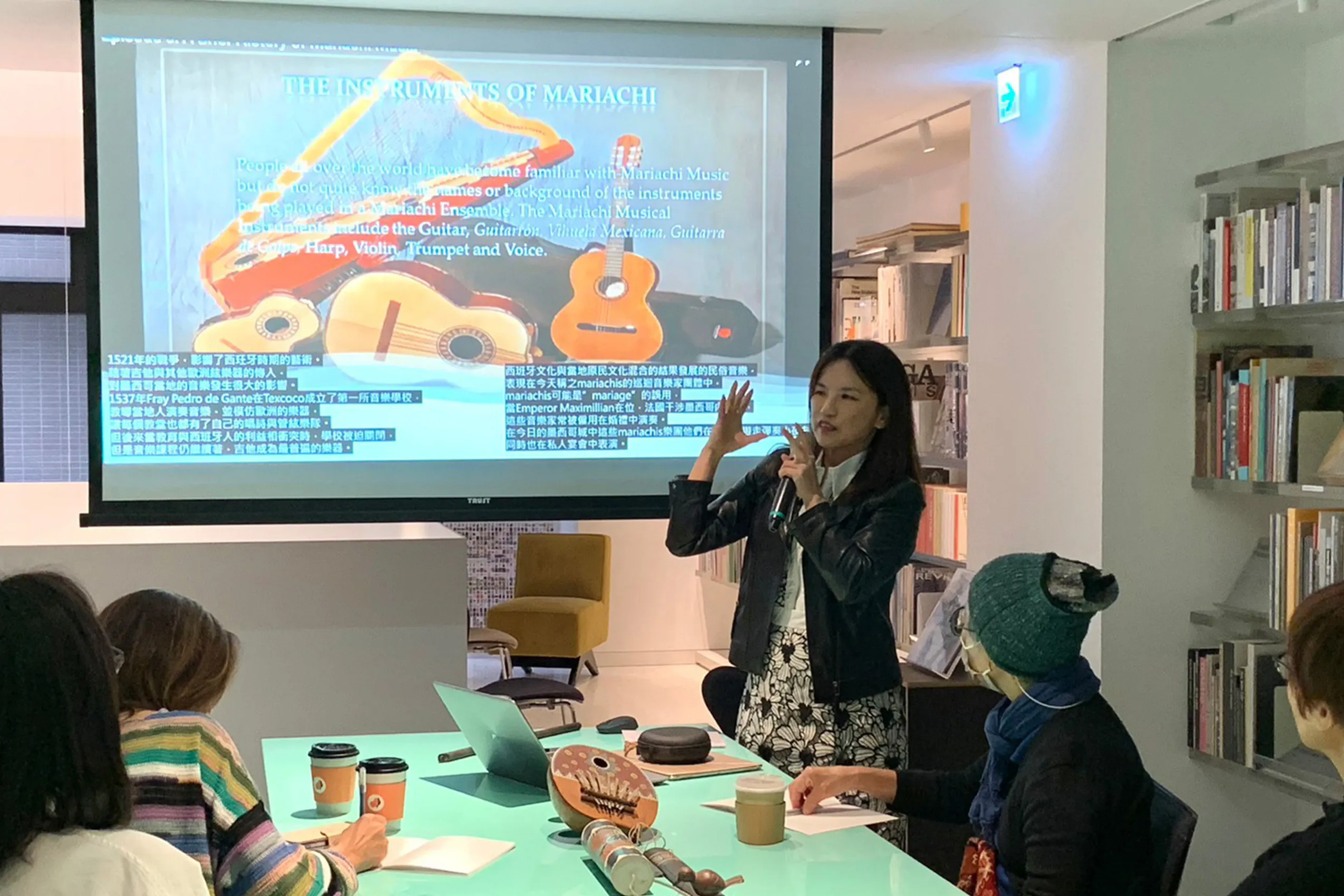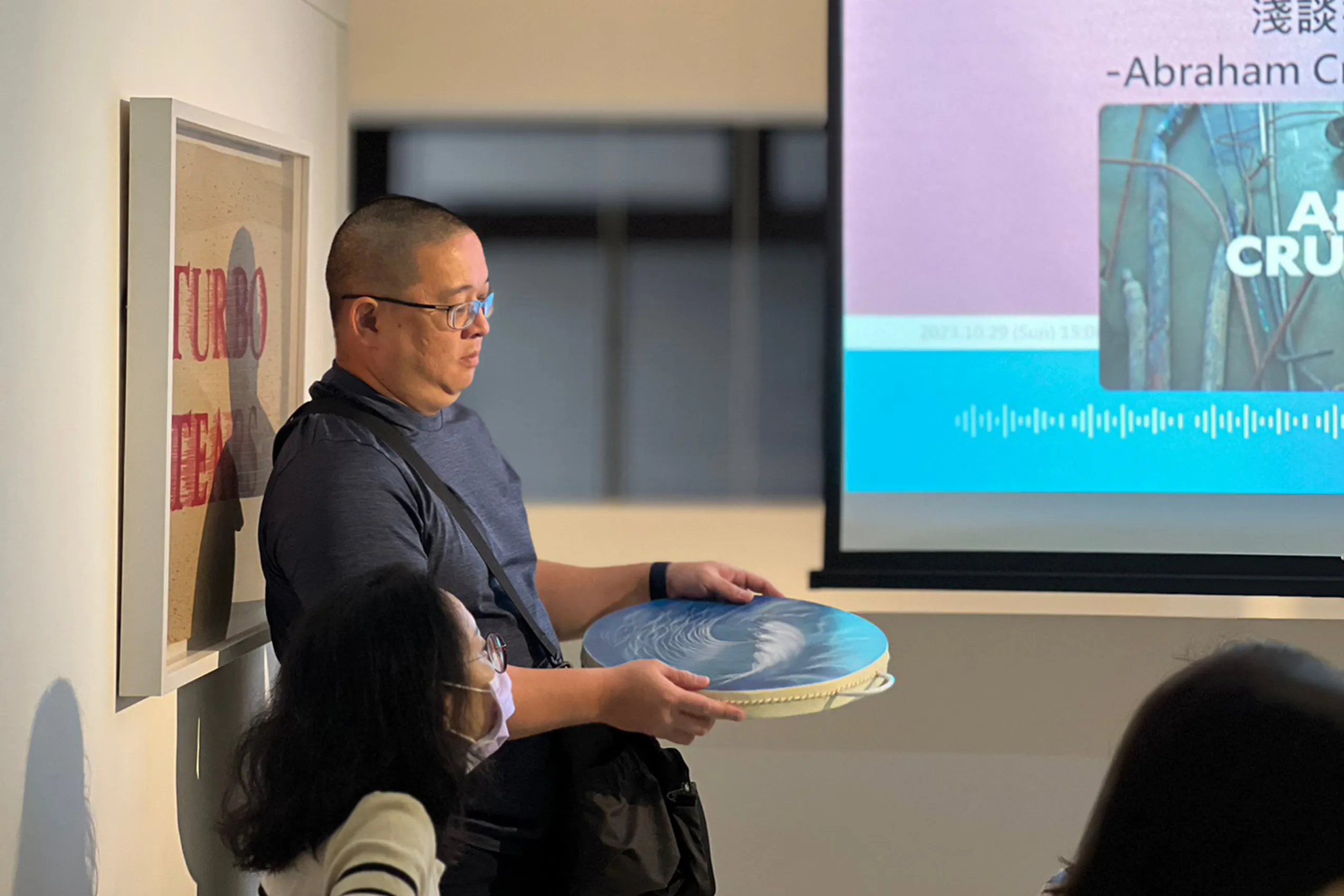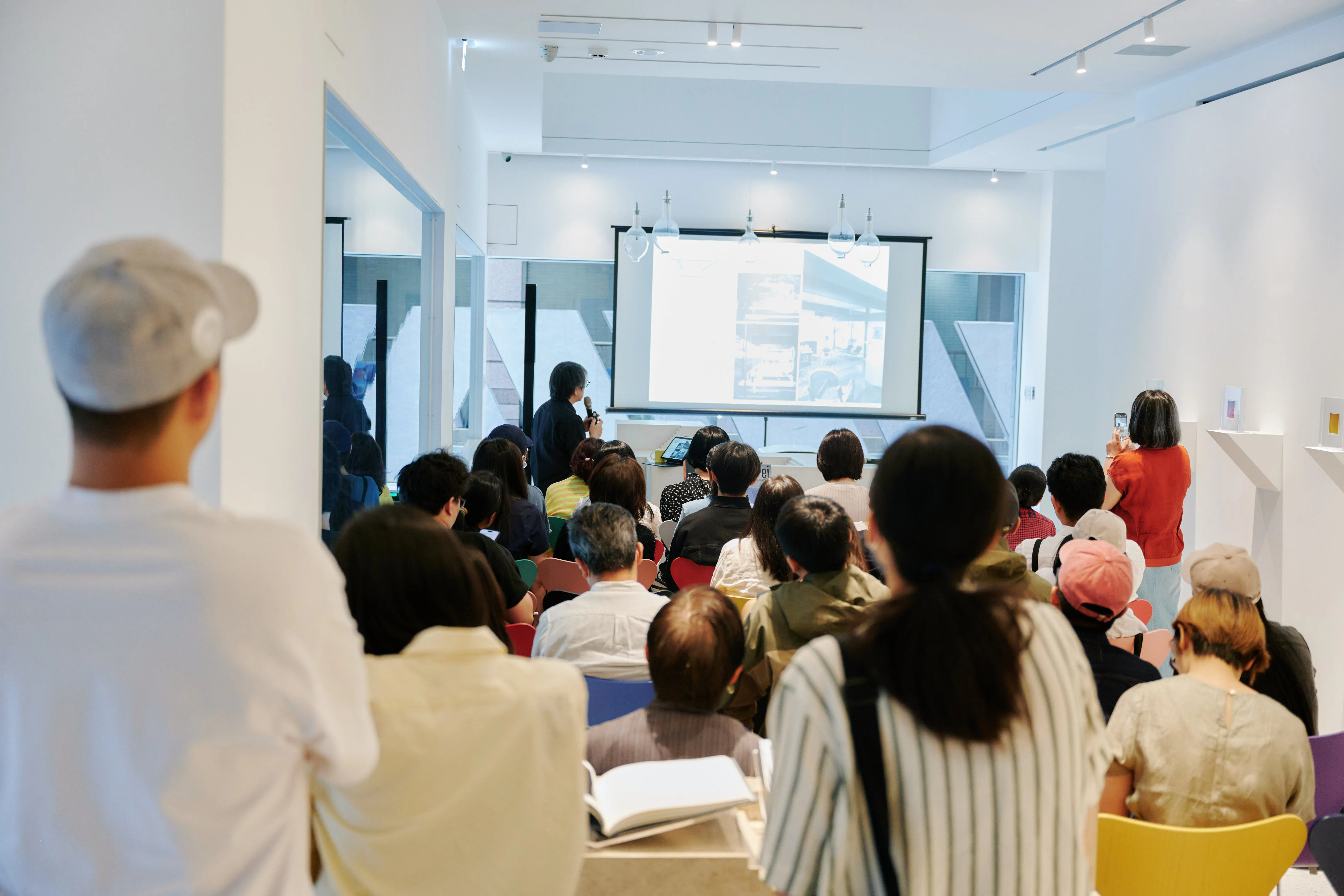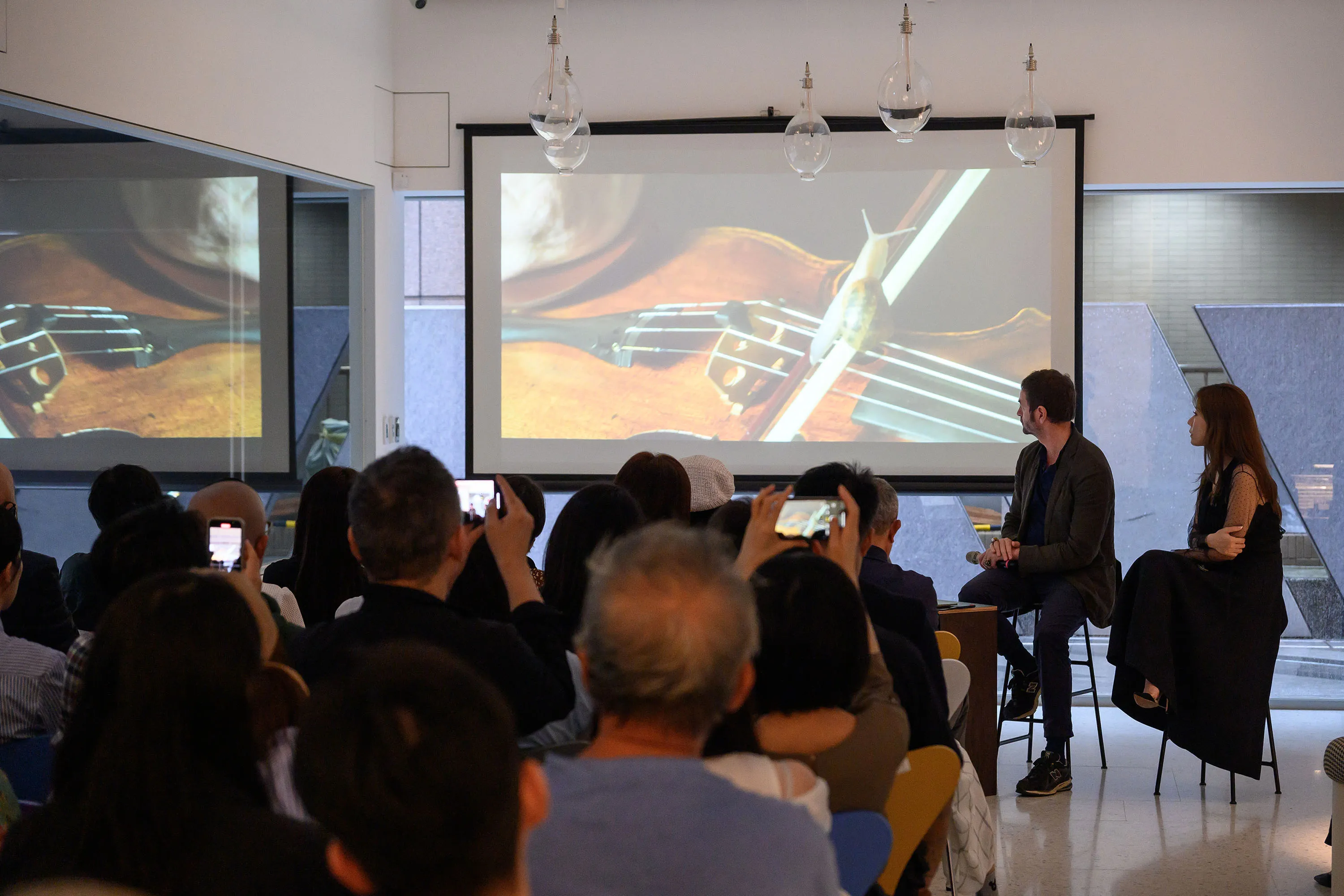
Atelier Talk | A Brief Discussion on Latin American Music — Viewing Abraham Cruzvillegas’s Works
Speakers
Tzu-Ying Lin, Associate Professor & Chairperson, Director of Music and Image Trans-disciplinery Program, National Taipei University of the Arts
Locations
Winsing Art Place (1/F. 6, Lane 10, Lane 180, Section 6, Minquan East Road, Neihu District, Taipei City)
Fees
$350 (including bookstore entrance fee)
Ages
Unrestricted
Introduction
For Mexican artist Abraham Cruzvillegas, elements of music hold an important place both in his life and in his work. Cruzvillegas often imagines soundtracks for everyday activities, such as riding the subway, meeting friends, or visiting museums. In terms of his artistic practice, he considers the connections between his sculptural works and musical styles like symphony, folk, punk, and samba. Winsing Arts Foundation is honored to invite Tzu-Ying Lin, full-time associate professor and program director of the Music and Image Trans-disciplinery Program at National Taipei University of the Arts, as the keynote speaker for this expert lecture. The lecture will begin with a broad overview of Latin American musical culture and then focus on Cruzvillegas’ hometown, exploring representative Mexican musical styles and listening practices. It will also examine the musical references in the artist’s works, investigating the interplay between music and art in cultural expression, with the aim of providing audiences with a multidimensional exhibition experience.
In this exhibition, the Winsing Arts Foundation presents a series of sculptures and paintings by Abraham Cruzvillegas. His sculptural works, composed and stacked from collected readymades, reflect the concept of Autoconstrucción (self-construction) that Cruzvillegas has been developing since 2007. The works, appearing unfinished or improvised, resonate with Mexico’s history of development and its cultural landscape. Through the process of constructing these works, the artist interprets life and his surroundings, while also metaphorically exploring his own identity. Most of the works’ titles depict the artist’s state and daily activities at the time of creation. At times, they reference specific political or historical events, contemporary happenings during the creation period, or music.
Event Recap
“Cruzvillegas’s works pursue a sense of balance, as well as structures or dimensions that can provoke thought—or that he himself reflects upon. Observing the materials through my musical perspective, one can see wood, whose textures produce different tones; iron elements; angled forms; and layered stacking, much like the scales in music.” - Tzu-Ying Lin
On the final day of Abraham Cruzvillegas’ solo exhibition,Tzu-Ying Lin, associate professor & chairperson, director of Music and Image Trans-disciplinery Program, National Taipei University of the Arts, visited Winsing Art Place to share insights on Latin American and Mexican musical culture, as well as the musical elements in Cruzvillegas’ works. Professor Lin guided the audience through three foundational types of Latin American music—Indigenous music, African-influenced music, and folk music of mixed Indo-European origins—gradually narrowing the focus to Mexico in Central America. Latin American music primarily developed through historical contexts and the layering of various ethnic influences. Drawing on examples such as the Mexican Piñata—a paper figure hung during festivals or birthday parties, broken with a stick to release toys and candy—Day of the Dead traditions, the cartoon character “Speedy Gonzales,” and traditional street performances like Mariachi bands, Professor Lin explored the representative musical styles of Mexico and their connections to the musical aspects embedded in Cruzvillegas’s works.
Unlike previous approaches that focus on viewing Cruzvillegas’ works through text or images, this time Professor Lin guided the audience to understand his creations through listening. Behind each sculpture, the songs and bands referenced carry different meanings, sometimes even including contemporary events mentioned in the lyrics, all closely connected to Cruzvillegas’s living environment. Beyond the music referenced in the titles, in a past interview video, the artist demonstrated how he stacks objects—wood, iron, textiles—into sculptures, with traces of traditional musical instruments as well. During this lecture, Professor Lin also brought many common traditional Latin American instruments, allowing the audience to experience Cruzvillegas’ works through their ears.








